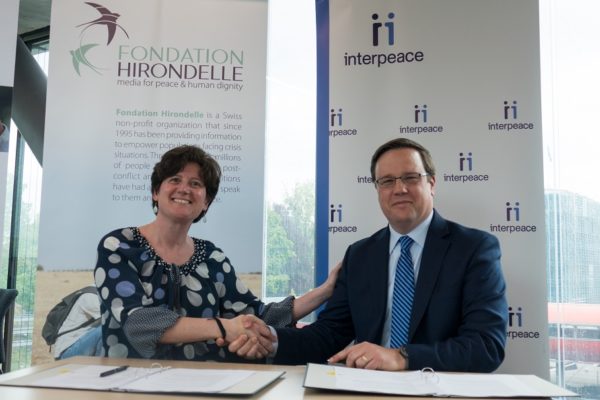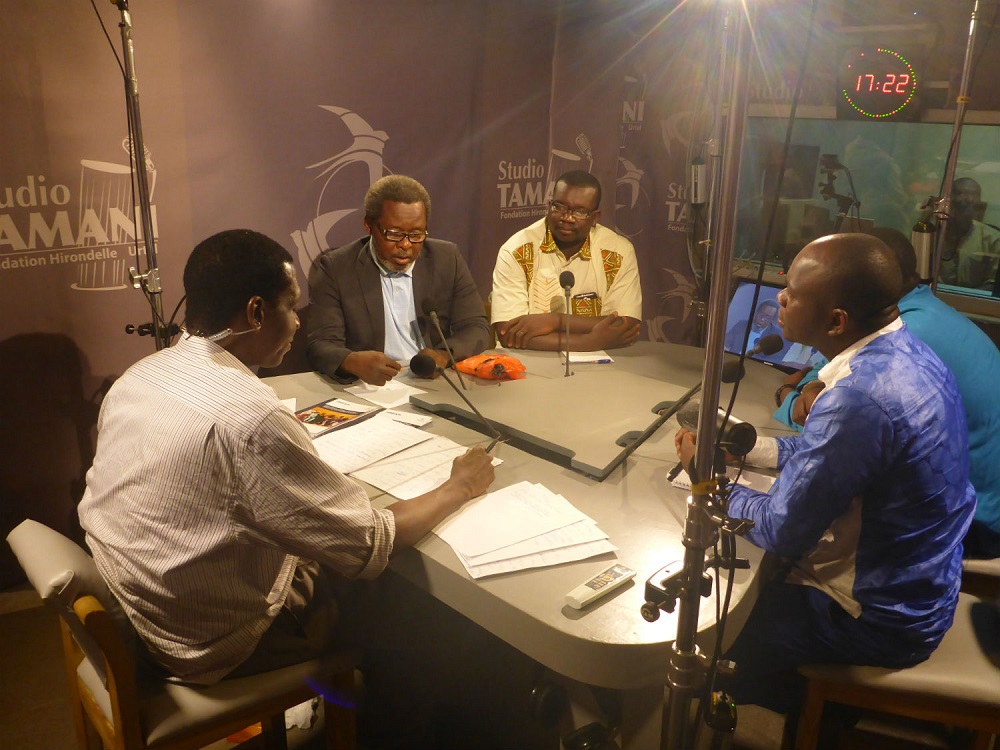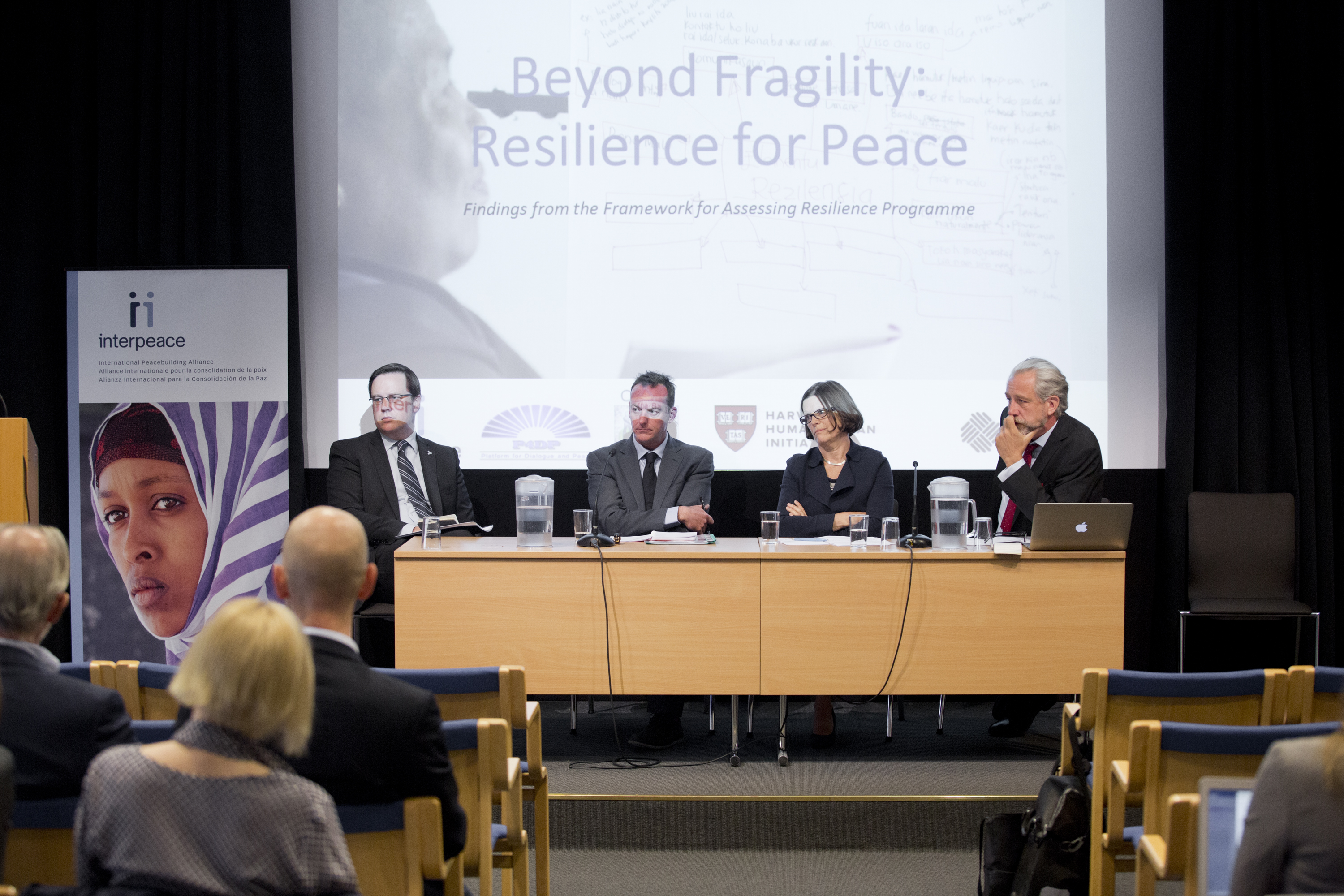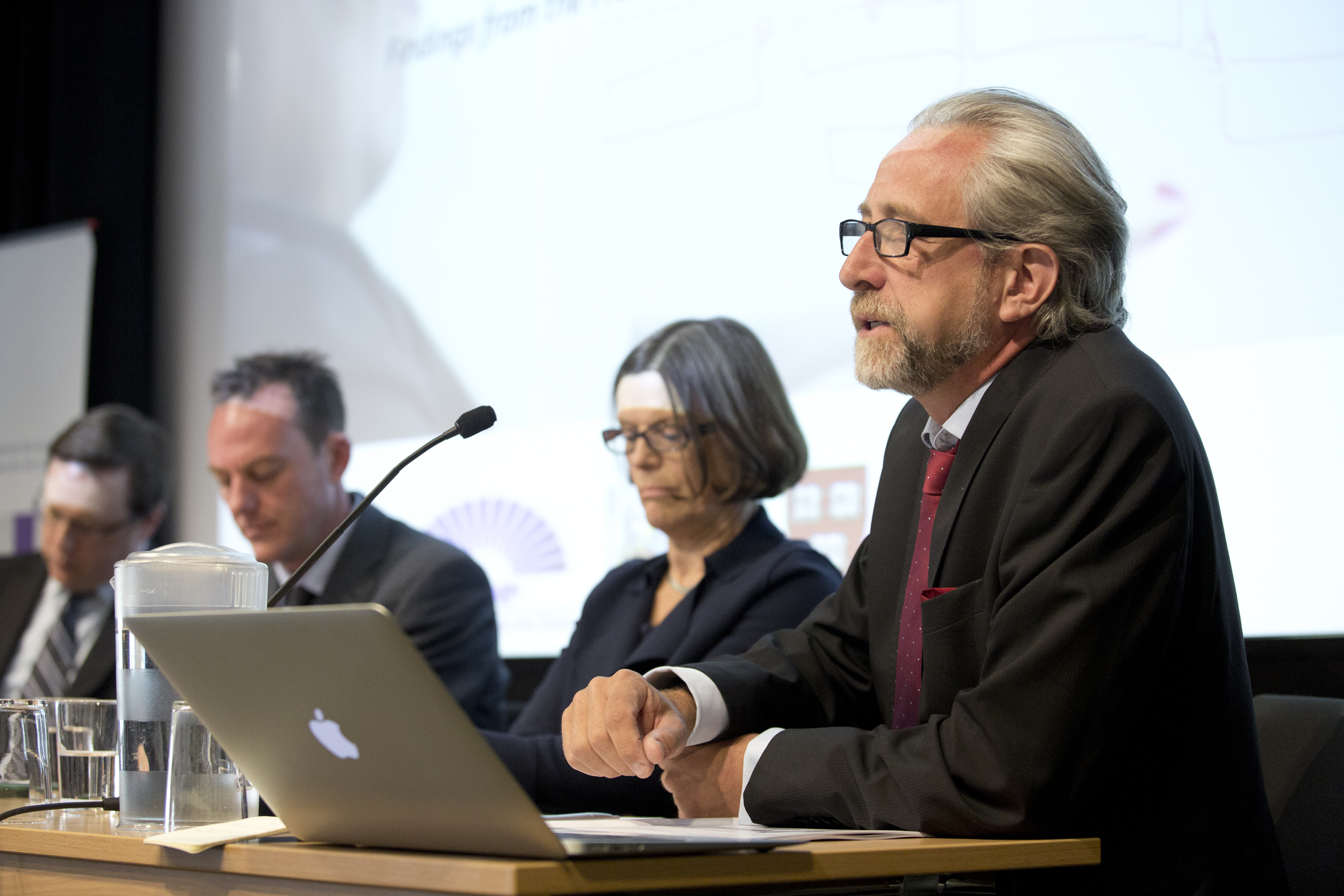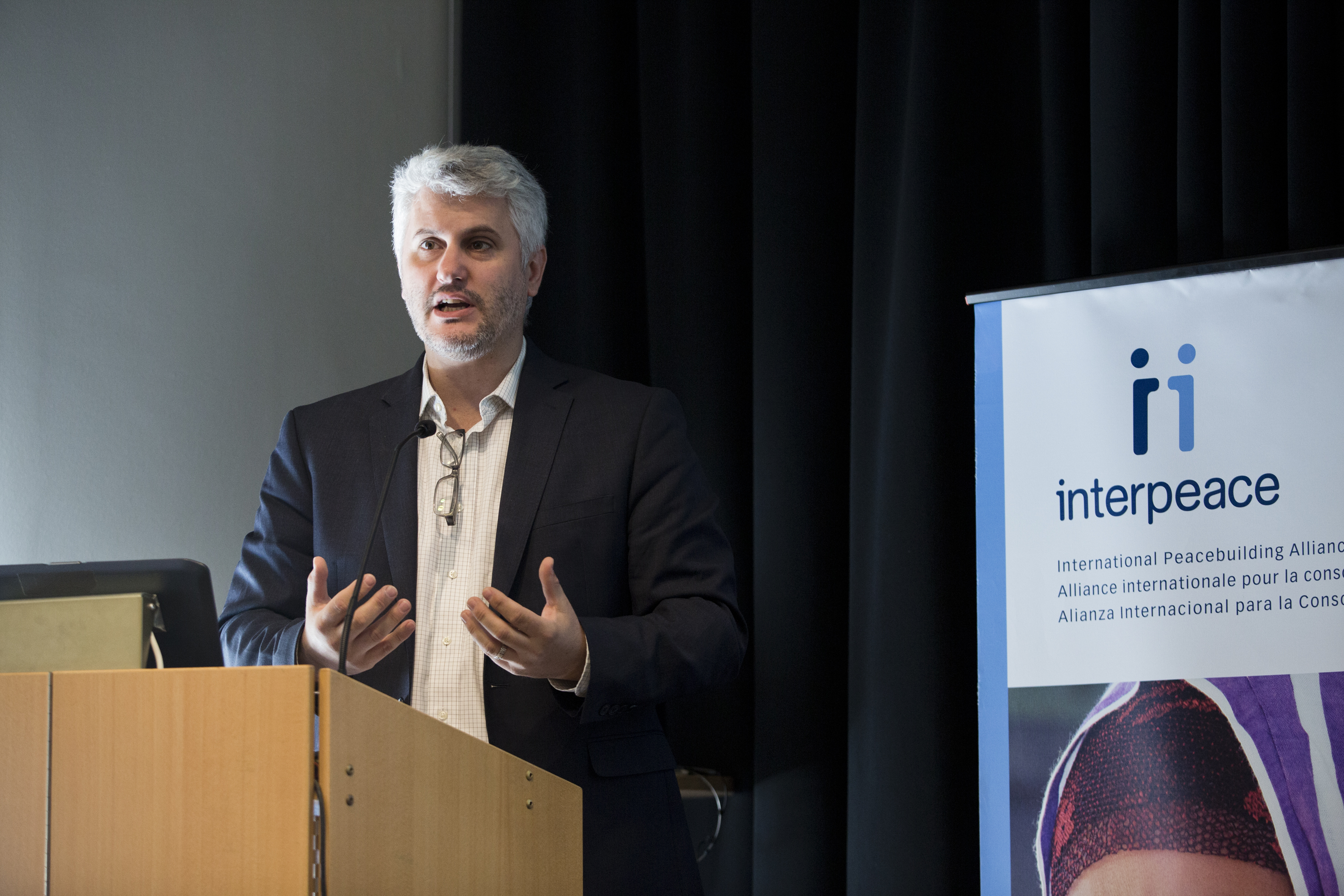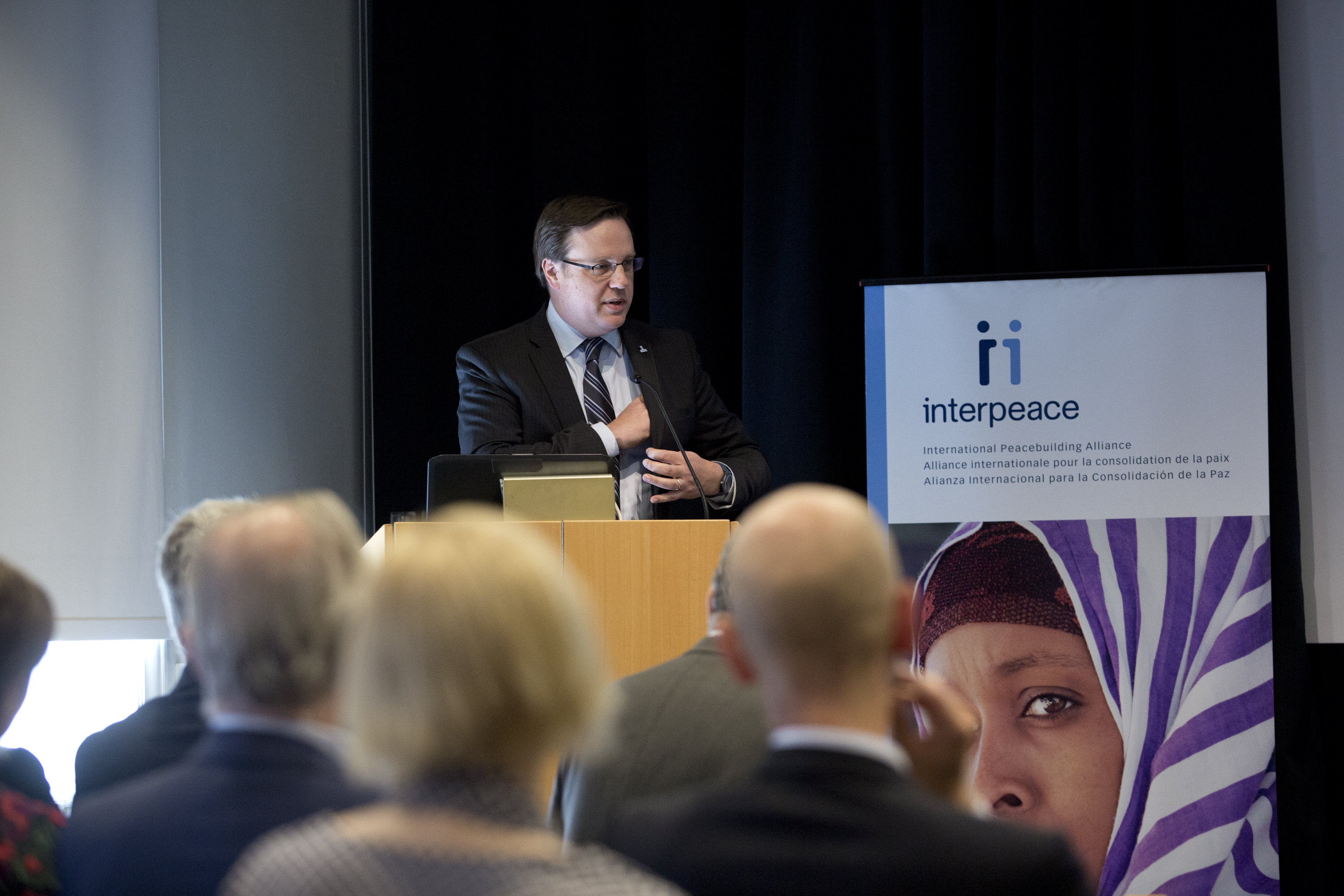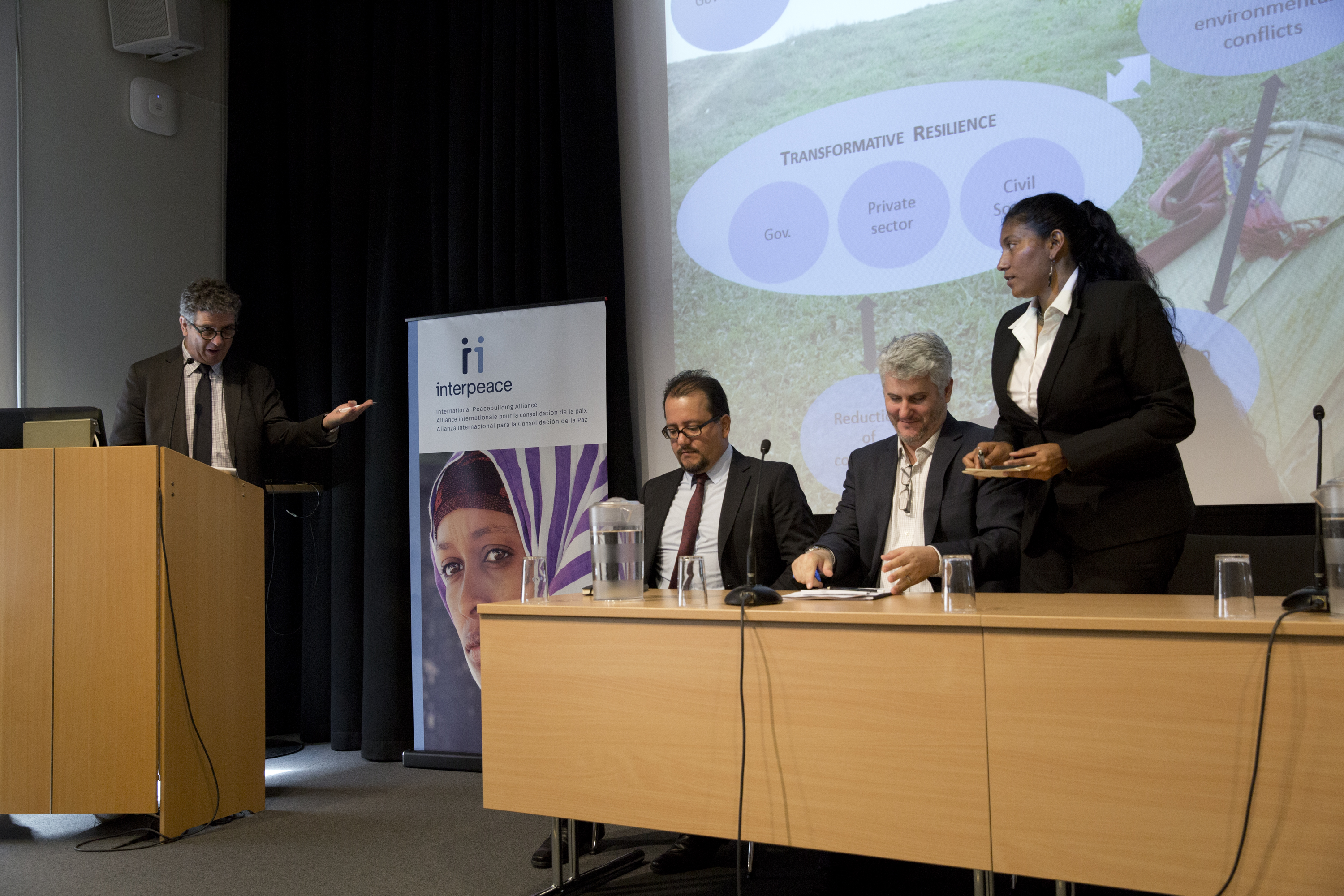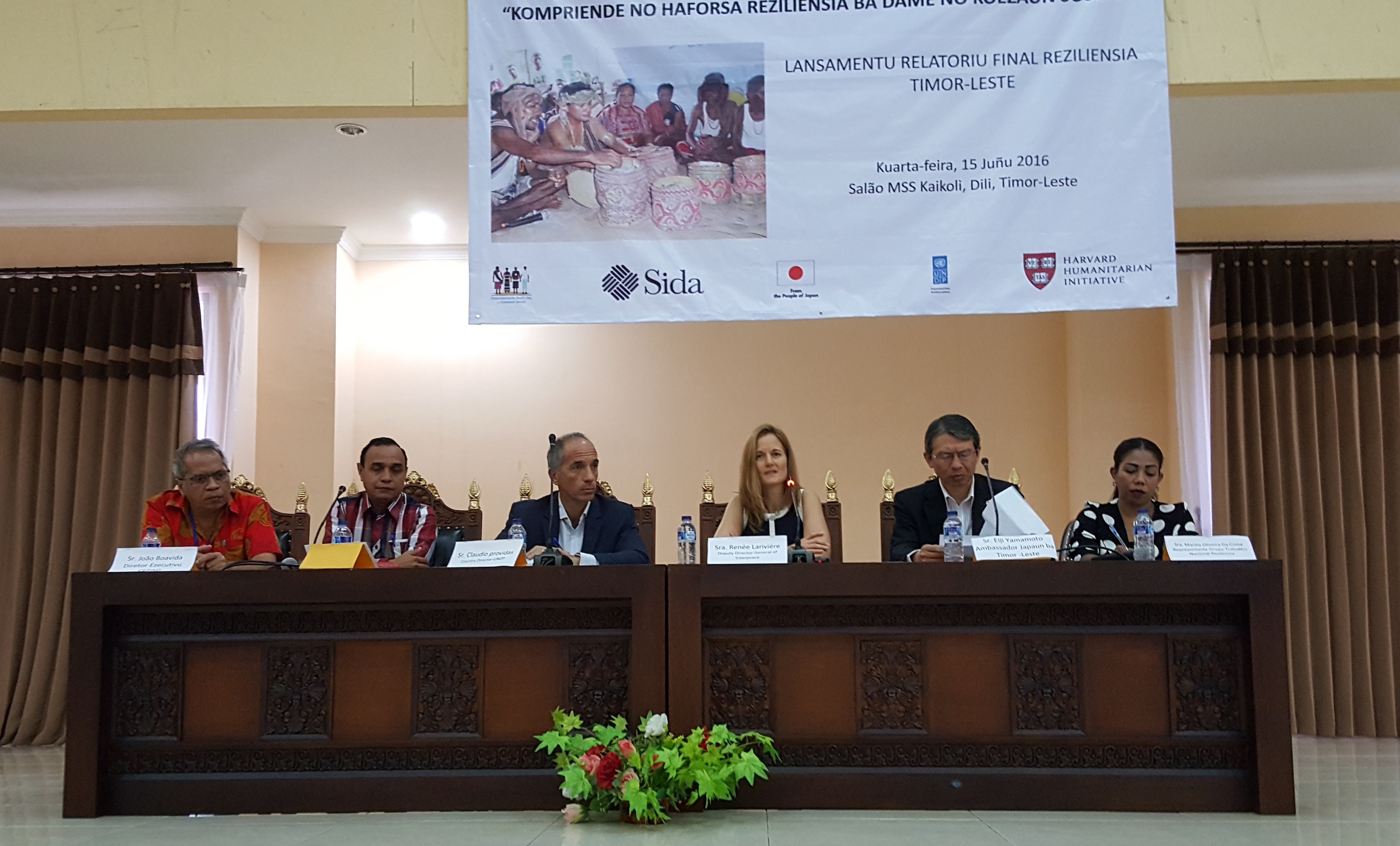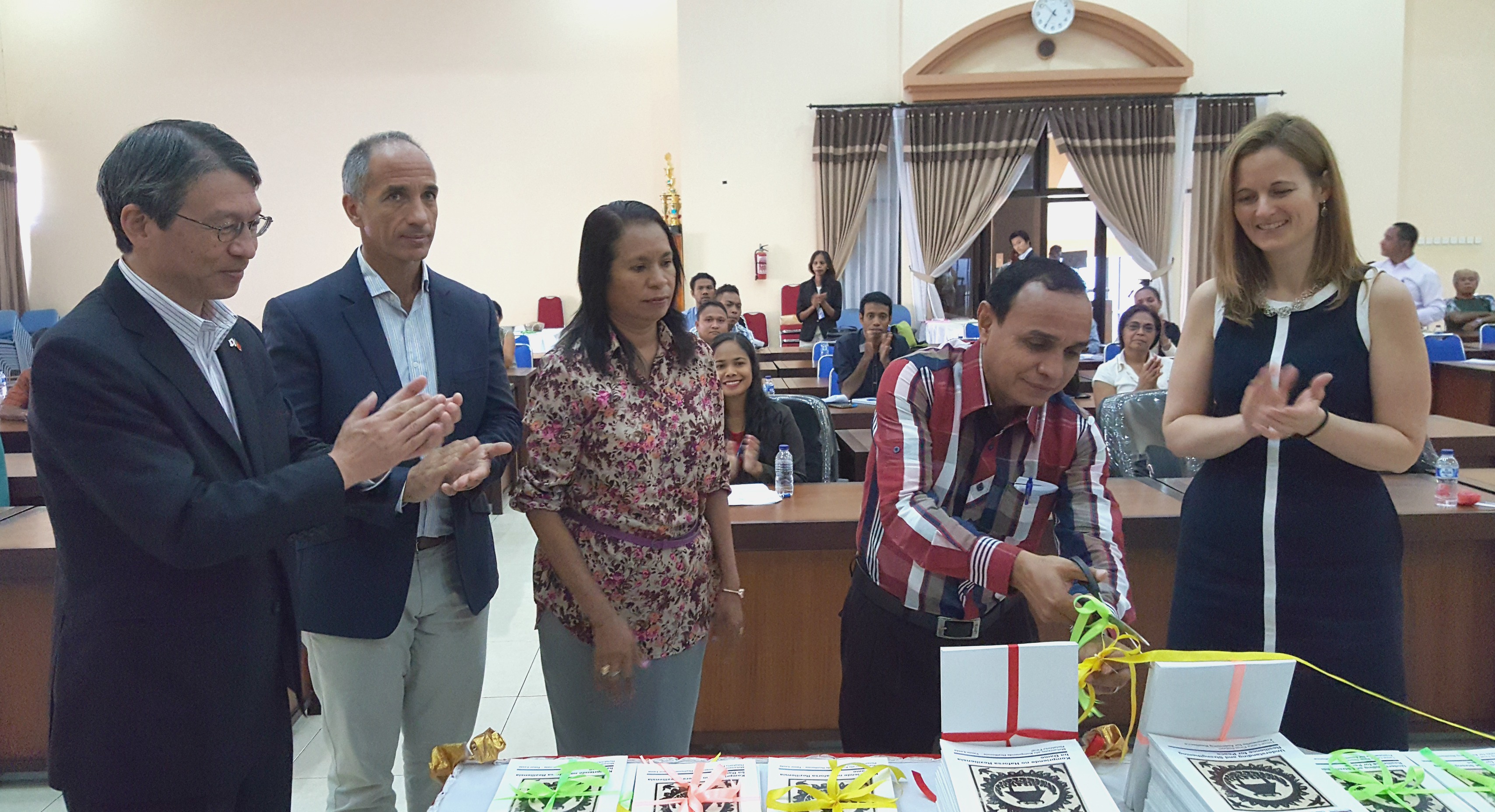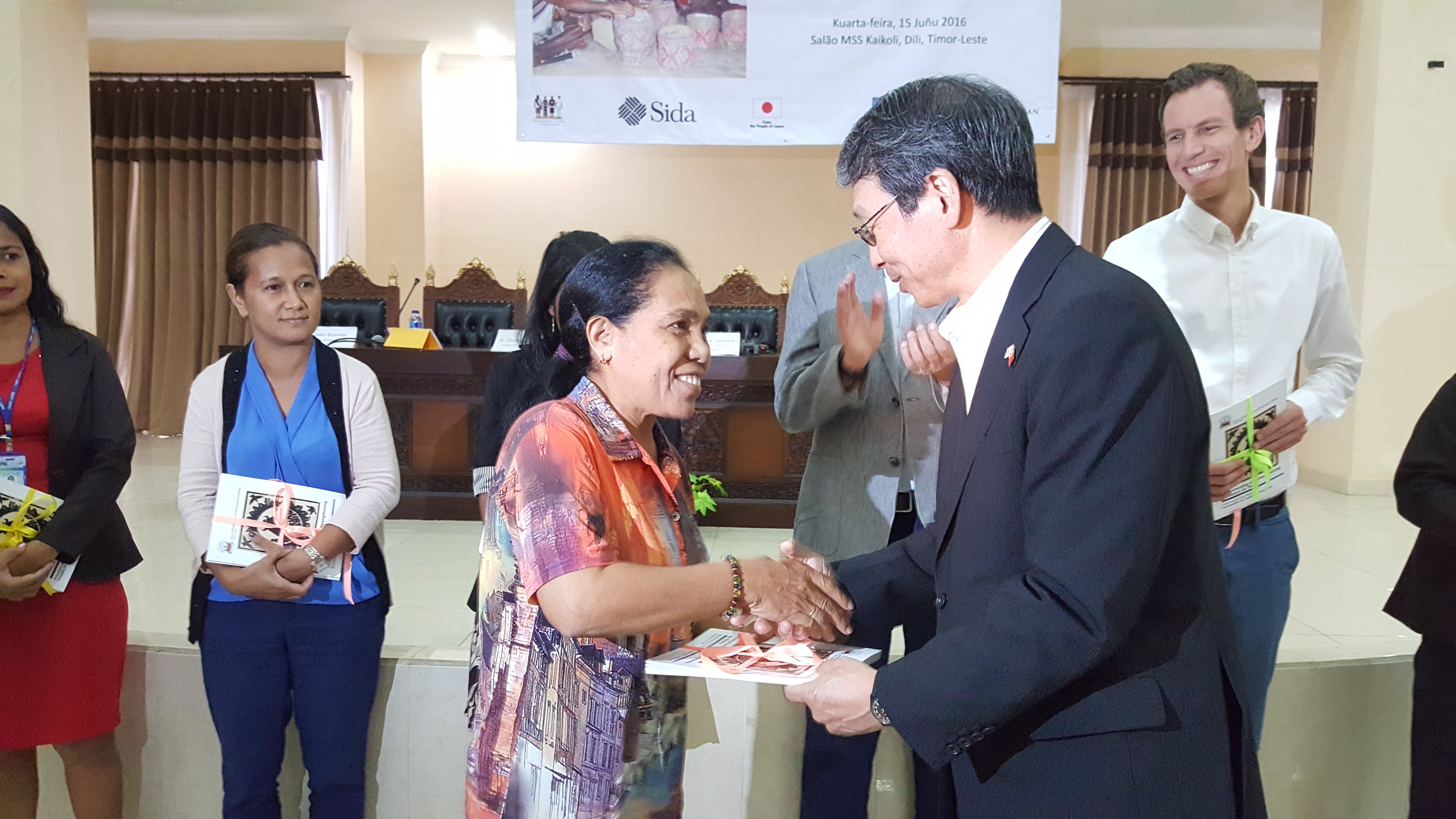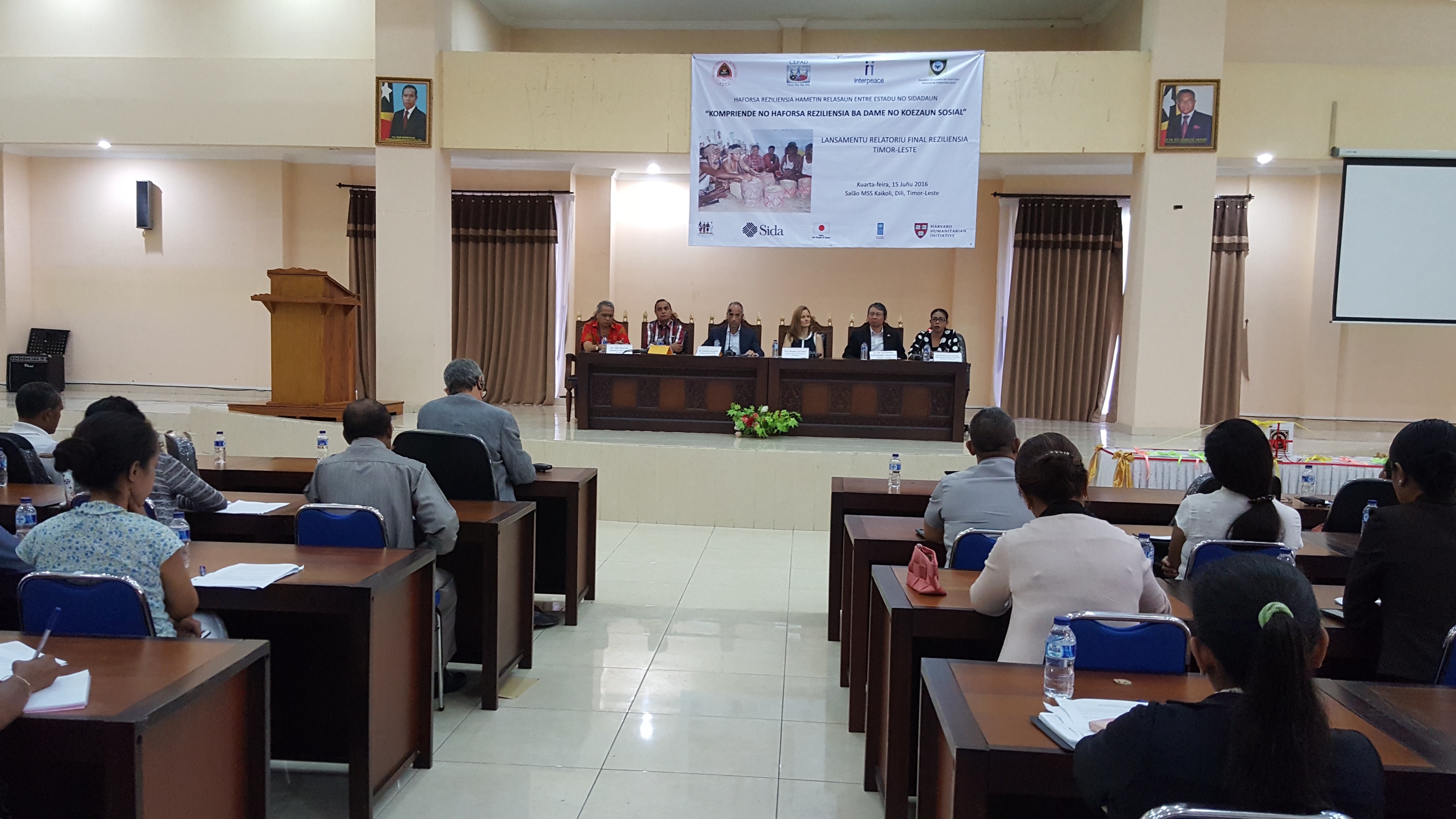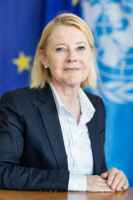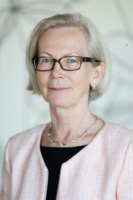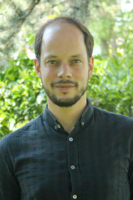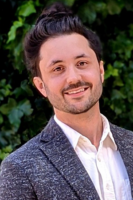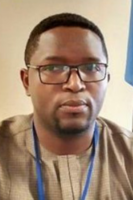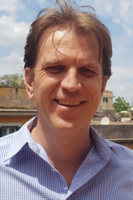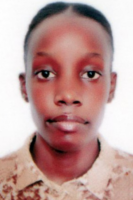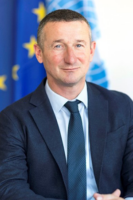Amid conflict and war, the people most affected by these circumstances have time and time again, risen from misfortune, because of their capacities to organize and transform conflict into opportunities for peace. Strengthening these already existing local capacities must therefore be a strategic priority to peacebuilding, as it ensures sustainability.
The mainstream approach to peacebuilding is for the most part premised on finding solutions to fragility. As such, conflict analysis is the primary tool used to inform programmes and policies. Though an understanding of conflict dynamics, including root causes is necessary in order to develop an appropriate response, the fragility focus tends to overshadow the capacities and processes which are present, even in fragile contexts. Because even in the most challenging situations, there are individuals and communities acting to counter the effects and causes of conflict. Failure to take stock of these efforts can, and often does, undermine the effectiveness of peacebuilding interventions, warranting criticism that programmes and policies are too generic and not sufficiently context specific.
Based on Interpeace’s experience with its Frameworks for Assessing Resilience programme (FAR) in Liberia, Guatemala and Timor-Leste, we propose that using resilience assessments alongside conflict analyses can make peacebuilding initiatives more context-specific, more locally-owned and therefore more impactful. A resilience orientation offers an operational strategy for making peacebuilding more assertive about building peace via transformative processes as opposed to being solely a response to fragility.
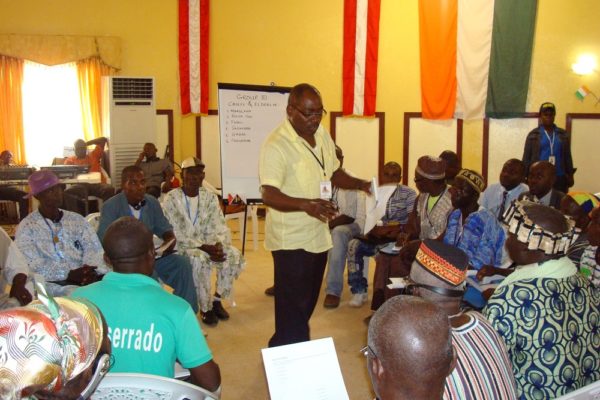
Liberia. Photo credit: Interpeace
What does resilience mean in the context of peacebuilding?
Resilience is about transformation. This “transformative” dimension resonates particularly with peacebuilders who argue that positive peace is not just about the absence of violence, but constructive social change that replaces exclusionary, unjust and inequitable structures, for those that are inclusive, participatory and equitable.
A resilience approach to peacebuilding gives particular importance to processes by which societies collectively and peacefully transform relationships to address the factors which enabled conflict to emerge in the first place. This transformative dimension evolves traditional interpretations of resilience where the emphasis is on bouncing back from an external shock.
Resilience assessments seek to identify the already existing capacities and strengths in society, including individual personality traits, solidarity networks of communities and alternative livelihood strategies. Identifying these capacities provides context-specific information and fosters nationally-owned peacebuilding processes.
Frameworks for Assessing Resilience (FAR).
In 2014, Interpeace launched the Frameworks for Assessing Resilience (FAR) project to explore resilience as a key tool for advancing peacebuilding processes and to develop methods for assessing this. Rather than focusing on obstacles to peace, FAR seeks to identify resilience to conflict by looking for existing strengths, assets, capacities, strategies, processes and structures that allow individuals, communities and societies to overcome the legacy of past violent conflict, address current violence and threats to peace, and ultimately prevent future violent conflict.
As countries with fragile peace environments, Timor-Leste, Liberia et un Guatemala were chosen to deploy pilot FAR programmes. Under the FAR programme, country-level research was driven and implemented by local stakeholders engaged in deepening their understanding of existing resilience capacities in their societies, and invested in promoting peacebuilding processes. In Liberia and Timor-Leste, research was led by Interpeace’s local partners, the Platform for Dialogue and Peace (P4DP) and the Centre of Studies for Peace and Development (CEPAD), respectively. In Guatemala, a team from Interpeace’s regional Latin America Office implemented the programme.
In all three countries, research teams conducted nationwide consultations through focus group discussions and interviews in order to define context-specific resilience and map the different national strategies and resources. The findings of this exploratory phase provided the basis for multi-sector dialogues among key national stakeholders in the respective countries. These Participatory Action Research dialogues have resulted in concrete policy recommendations and action plans for strengthening peace and resilience.
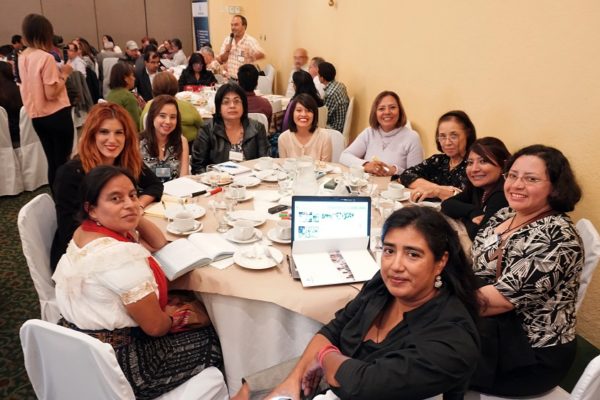
Guatemala. Photo credit: Interpeace
The convening power of the resilience approach
A resilience-orientation seeks to ascertain the existing resources that people tap into and the strategies, strengths, assets and capacities available to them, to cope with or transform conditions that threaten peace and provoke new patterns of violence.
Reorienting focus group discussions or interviews away from fragility to discuss the strengths, capacities or skills to cope can have a transformative impact on the persons engaged. The experiences of the three pilot programmes revealed that national actors have greater confidence and are more willing to take ownership of dialogue processes that are organized around resilience and their ability to effect change. “Resilience” as opposed to “fragility” has a converging and convening power. Discussing the resilience of a country rather than its fractures makes convening opposing parties easier.
Resilience does not automatically translate to peace
Recognizing that resilience is not unequivocally good but a neutral concept with the potential of bringing about both positive and negative outcomes has important implications for the design of peacebuilding strategies. Thus, the careful analysis of which capacities have the potential to bring about peace, and which need to be mitigated should be an integral part of any resilience assessment. Identifying negative manifestations of resilience - such as violent youth gangs – can inform peacebuilding strategies in particular ways. Whereas a fragility-informed intervention would likely seek to stop such violent practices and dismantle these groups altogether, peacebuilding interventions informed by a resilience orientation will explore how to build on these existing capacities and solidarity networks while focusing on mitigating or eliminating the violent tactics employed.
Resilience as a common basis for humanitarian response
Peace cannot be built without interventions that include positive economic models, security provision, political participation, social services, environmental protection, rule of law and humanitarian protection. Resilience has the potential to link these parallel interventions by integrating peacebuilding processes more effectively.
Conflict is an incremental stressor that undermines the strength and cohesion that is needed to deal with external shocks such as natural disasters. A resilience-orientation can help societies detect and strengthen existing assets before violence occurs. Resilience promotes a preventive, rather than a remedial approach to peacebuilding.
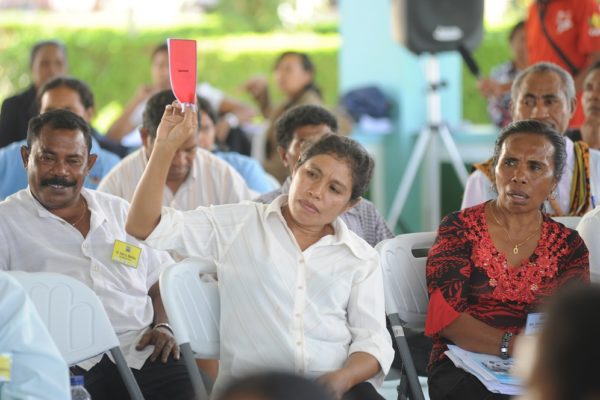
Timor Leste. Photo credit: Steve Tickner
For a better understanding of the resilience approach:
Lire le note d'orientation afin d'évaluer la résilience pour la paix.
Lire une bref exposé qui reflète ce que l'expérience du FAR nous a appris sur les spécificités de la résilience en relation avec les conflits et la valeur ajoutée de l'utilisation d'une approche de résilience pour la consolidation de la paix
Lire une note d'information sur la pertinence de la résilience pour la paix dans la poursuite des Objectifs de développement durable de l'Agenda 2030.
En savoir plus sur les études de cas spécifiques :
Lire le rapport sur le Liberia.
Lire le rapport sur le Timor oriental.
Lire le rapport d'enquête sur le Timor oriental.
Lire le rapport sur le Guatemala.
Lire le rapport d'enquête sur le Guatemala.
